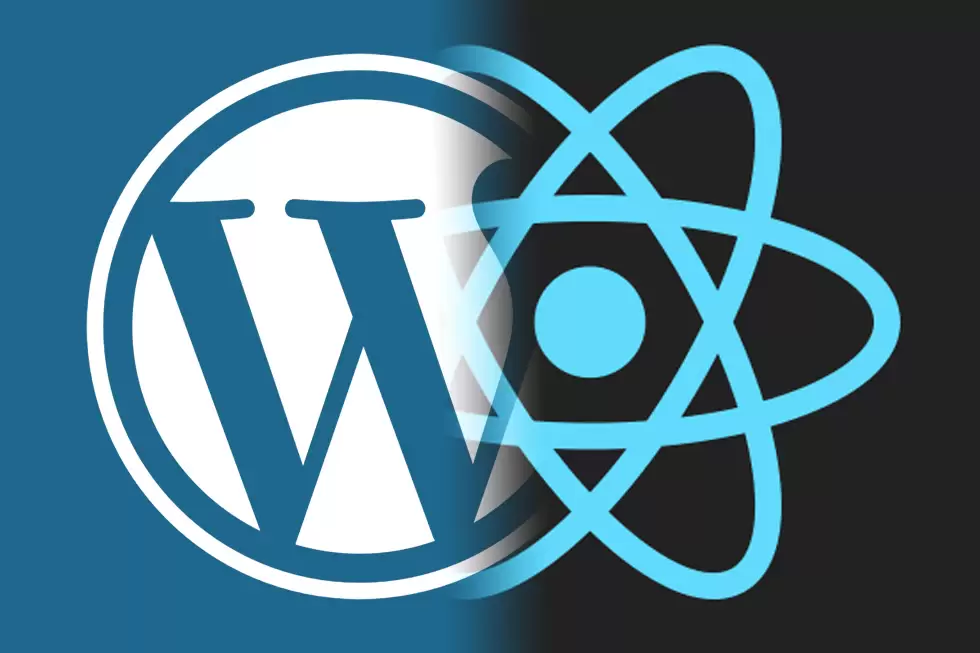by rush-intely | Mar 31, 2023 | WordPress
Post Views: 2 Lazy loading is a technique that improves the performance and speed of your WordPress website by only loading the images and videos that are visible to the user. This way, your site doesn’t have to download all the media files at once, which can...

by rush-intely | Mar 24, 2023 | React, WordPress
Post Views: 4 Combining React with a WordPress theme is a great way to create interactive and dynamic user interfaces on your WordPress website. React’s component-based architecture and ability to create reusable code make it an excellent choice for building web...
by rush-intely | Jan 17, 2023 | PHP
Post Views: 0 PNG and JPEG are two popular image file formats used on the web. While PNGs are great for images with transparent backgrounds and sharp edges, they tend to have larger file sizes when compared to JPEGs. JPEGs, on the other hand, are best suited for...
by rush-intely | Jan 17, 2023 | PHP
Post Views: 1 Images can greatly enhance the visual appeal of a website, but they can also slow down page load times if they are not properly optimized. One way to optimize images is by compressing them to reduce their file size without sacrificing quality. In this...


